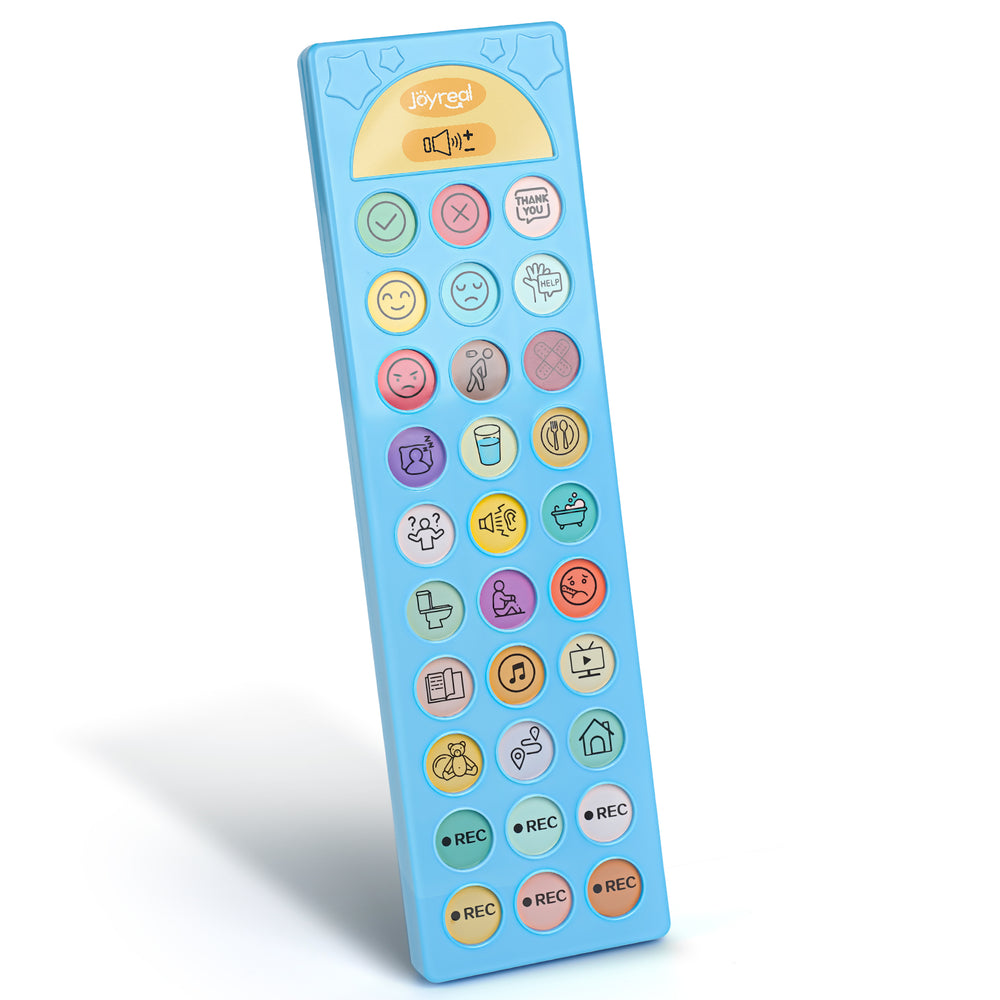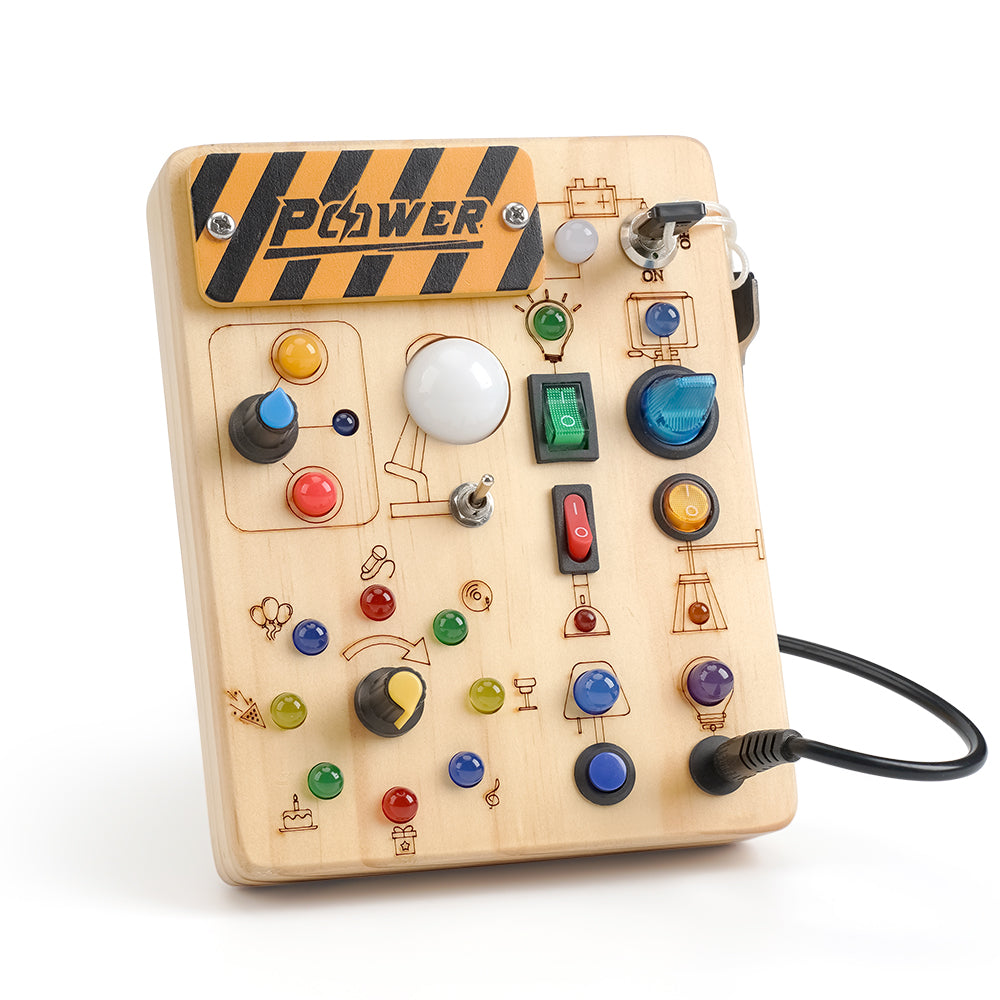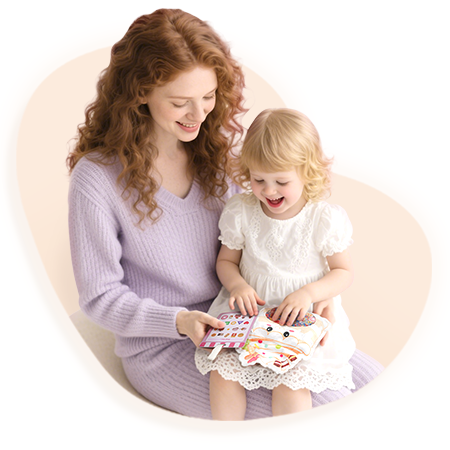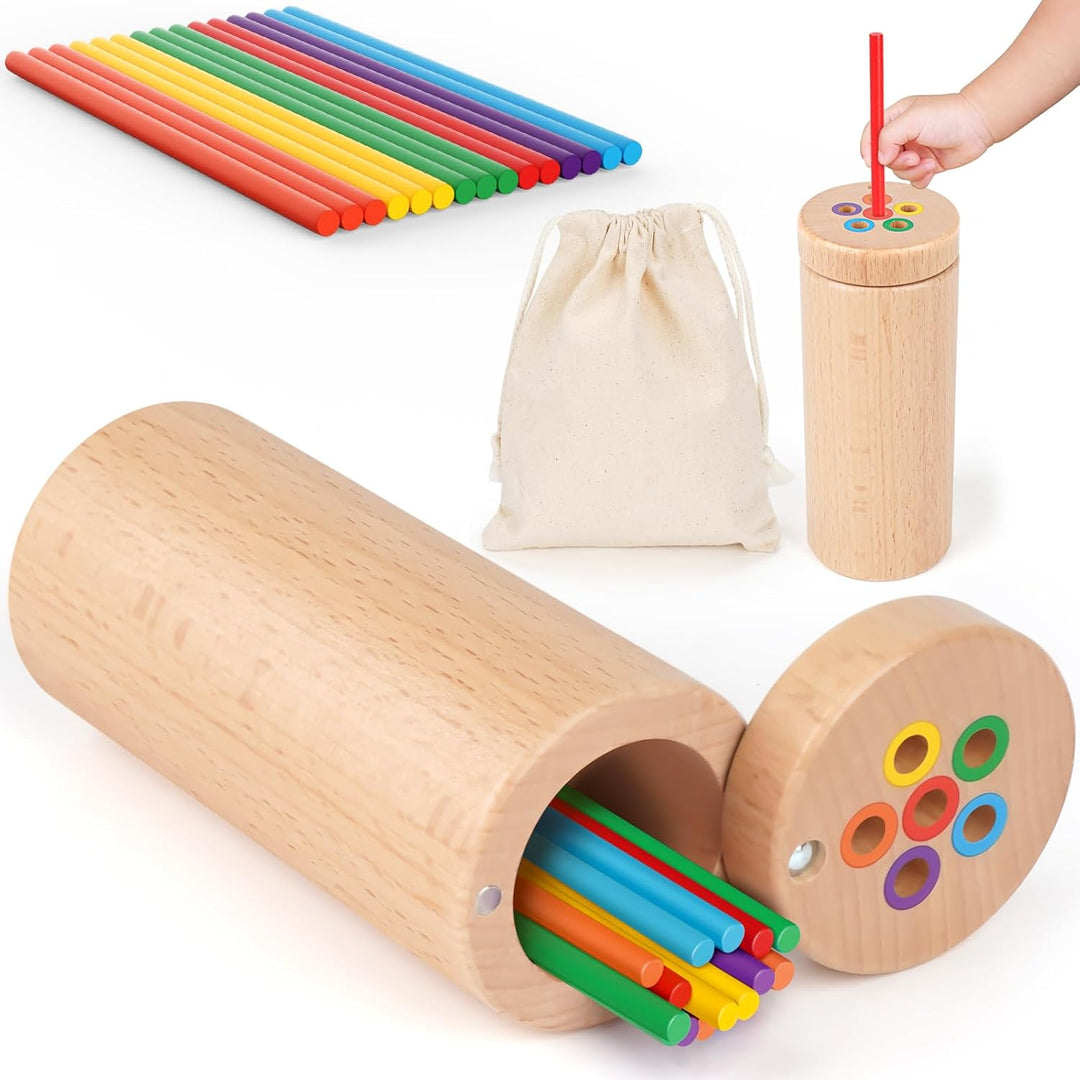Affordable AAC Communication Devices: Budget-Friendly Alternatives
What Is an AAC Device?

An AAC (Augmentative and Alternative Communication) device is a tool that helps nonverbal or minimally verbal individuals express themselves. These devices can be:
- Low-tech (picture cards, communication boards)
- Mid-tech (voice-output buttons, recordable switches)
- High-tech (tablet apps, speech-generating devices)
For autistic individuals, AAC provides a way to communicate needs, emotions, and thoughts when speech is difficult.
Click Here Understanding AAC Devices for Autism: https://joyrealtoys.com/blogs/news/what-are-aac-communication-devices?
How Much Does an AAC Device Cost?
Augmentative and Alternative Communication (AAC) devices are vital tools for individuals who struggle with verbal communication. These devices range widely in features, form factors, and consequently, costs. Here's an overview of what you can expect when exploring the price range of AAC devices.
Entry-Level Devices
Basic AAC devices can be as simple as communication boards or single-message switches. These are typically affordable, often ranging between $100 and $500, making them great for individuals with simpler needs or children just starting out with AAC.
Mid-Range Devices
More advanced options, such as speech-generating devices (SGDs) with pre-loaded software and customizable options, tend to cost between $1,000 and $5,000. These devices are versatile and suitable for a wide variety of users.
High-End Devices
Cutting-edge AAC devices, equipped with eye-tracking technology, high-definition touchscreens, and advanced AI-driven software, can cost upwards of $15,000. These are often aimed at individuals with complex communication needs or conditions like ALS.
Software Applications
If you already own a device like a tablet or smartphone, AAC apps like Proloquo2Go or TouchChat HD are more cost-effective solutions. Licensing fees for these apps range from $100 to $300, significantly reducing the entry cost of AAC.
Why Are AAC Devices So Expensive?
Augmentative and Alternative Communication (AAC) devices are essential tools that help individuals with speech impairments communicate effectively. However, one common concern among families, caregivers, and educators is the high cost of these devices. Why are AAC devices so expensive? Let’s explore the key factors contributing to their price.
1. Specialized Technology & Customization
AAC devices are not off-the-shelf products—they require specialized hardware and software designed to meet diverse communication needs. Many devices feature:
- High-quality speech synthesis (text-to-speech engines)
- Durable, adaptive hardware (touchscreens, eye-tracking, switch access)
- Customizable vocabulary and layouts for different users
This level of personalization and engineering drives up development and production costs.
2. Low Production Volume
Unlike smartphones or tablets, AAC devices serve a niche market. Manufacturers produce them in smaller quantities, which means they don’t benefit from economies of scale. Lower production volumes result in higher per-unit costs.
3. Research & Development Costs
Creating effective AAC solutions requires extensive research, testing, and collaboration with speech-language pathologists (SLPs) and users. Companies invest heavily in:
- Software development (symbol-based systems, predictive text, voice banking)
- User interface design (accessible for people with motor disabilities)
- Compliance with medical/educational standards
These R&D expenses contribute to the final price.
4. Regulatory & Certification Requirements
Many AAC devices are classified as medical or assistive technology, meaning they must meet strict regulatory standards (e.g., FDA approval in the U.S. or CE marking in Europe). Compliance adds to production costs.
5. Long-Term Support & Updates
AAC devices often require:
- Ongoing software updates
- Technical support & repairs
- Training for users and professionals
Manufacturers factor these long-term services into the initial cost.
6. Limited Insurance & Funding Options
While some health insurance plans, Medicaid, or school districts may cover AAC devices, reimbursement processes can be slow and inconsistent. Without funding assistance, families bear the full cost, making the price seem even more prohibitive.
Top Affordable AAC Alternatives
Augmentative and Alternative Communication (AAC) devices are essential for individuals with speech impairments, but their high cost can be a barrier for many families. Fortunately, there are affordable AAC alternatives that provide effective communication support without breaking the bank.
1. Joyreal AAC Communication Device
One standout budget-friendly option is the Joyreal AAC Device—a compact, programmable tool designed for children and adults with speech difficulties.
 Priced at $19.99, this device is designed to bridge play and communication needs, particularly for children with autism, early learners, or even adults in speech therapy or post-stroke rehabilitation. Key features include:
Priced at $19.99, this device is designed to bridge play and communication needs, particularly for children with autism, early learners, or even adults in speech therapy or post-stroke rehabilitation. Key features include:
- Programmable Communication: Users can customize voice recordings to enhance non-verbal communication.
- User-Friendly Design: Consists of colored buttons that convey emotions and teach recognition, helping bridge the gap between basic communication systems like PECS cards and more complex verbal interactions.
- Portable and Lightweight: Comparable in size to a remote control, making it easy to use daily.
- Affordability: It offers robust functionality while being significantly less expensive than many mainstream AAC devices.
What Users Say
⭐ This device is an incredibly affordable way to bridge communication gaps. A parent I gave one to was in tears—finally, their child could express needs! – A. Kubicek
⭐ Perfect for nonverbal individuals. The price is fantastic, and it’s very easy to use. – Dr. John Wheeler
While Joyreal aac communication devices are an excellent budget-friendly option, consulting speech therapists or specialists is always recommended to determine if these alternatives meet individual communication needs.
2. AAC Apps for Tablets & Smartphones
Many affordable AAC apps provide similar functionality to dedicated devices:
- Proloquo2Go ($249.99, iOS) – Symbol-based communication
- TouchChat HD ($149.99, iOS/Android) – Customizable vocabularies
- LetMeTalk (Free, Android/iOS) – Basic picture-based AAC
Pros:
- Lower cost than dedicated devices
- Works on existing tablets (iPad, Android)
Cons:
- Requires a durable tablet case for protection
- May lack advanced features like eye-tracking
3. DIY & Low-Tech AAC Solutions
For those on a tight budget, simple solutions can still help:
- Picture Exchange Communication System (PECS) – Printable cards for basic needs
- Communication Boards – Laminated sheets with symbols
- Recordable Buttons (e.g., BIGmack) – Single-message devices
Best for: Early learners, emergency backup, or temporary use.
How to Choose the Right Affordable AAC Device?
When selecting a budget-friendly AAC solution, consider:
- User’s motor skills (touchscreen vs. physical buttons)
- Vocabulary needs (basic vs. complex communication)
- Durability (especially for children)
- Portability (home, school, or travel use)
Affordable AAC Makes Communication Accessible
While high-end AAC devices offer advanced features, budget-friendly alternatives like Joyreal AAC device, apps, and low-tech solutions provide effective communication support at a fraction of the cost.
For families seeking an affordable, durable, and easy-to-use AAC device, the Joyreal AAC Communication Device is a fantastic option that balances functionality and price.
Have you tried an affordable AAC device? Share your experience in the comments!




Maybe it will be helpful for you:
Recent Post

The Importance of Speech, Language, and Literacy in Shaping a Child's Future
From the first babbles to full sentences, a child’s language develo...

How Joyreal AAC 2.0 is a Game-Changer for Families Facing Autism Communication Challenges
Autism Spectrum Disorder (ASD) is a complex neurodevelopmental cond...

A Parent’s Guide to Sensory Play & Toys for Kids with ASD
Sensory toys play a crucial role in the lives of children with auti...

From Fun to Learning: The 2025 Top Toy Picks for Every Child
As we usher in the new year, there’s no better way to set your lit...

Why Play is Essential for Cognitive Growth in Children with Special Needs
The Role of Play in Enhancing Cognitive Skills for Children with Sp...

Back-to-School Prep for Children with Autism: A Parent’s Guide
Back-to-school season can be a time of excitement, stress, and unc...

Starting Preschool: The Must-Have Back-to-School Checklist for Parents
As you check off pencils, folders, and lunchboxes from your back-t...

Joyreal Communication Device: The Top Choice for Autism Families
For many individuals with autism, speaking up can be a daunting c...

Where to Find Low-Cost Speech Therapy Tools: A Comprehensive Guide
Speech therapy plays a crucial role in helping individuals—especia...

Baby Language Development: From First Sounds to Speech
Watching your baby progress from cooing to conversing is one of pa...









